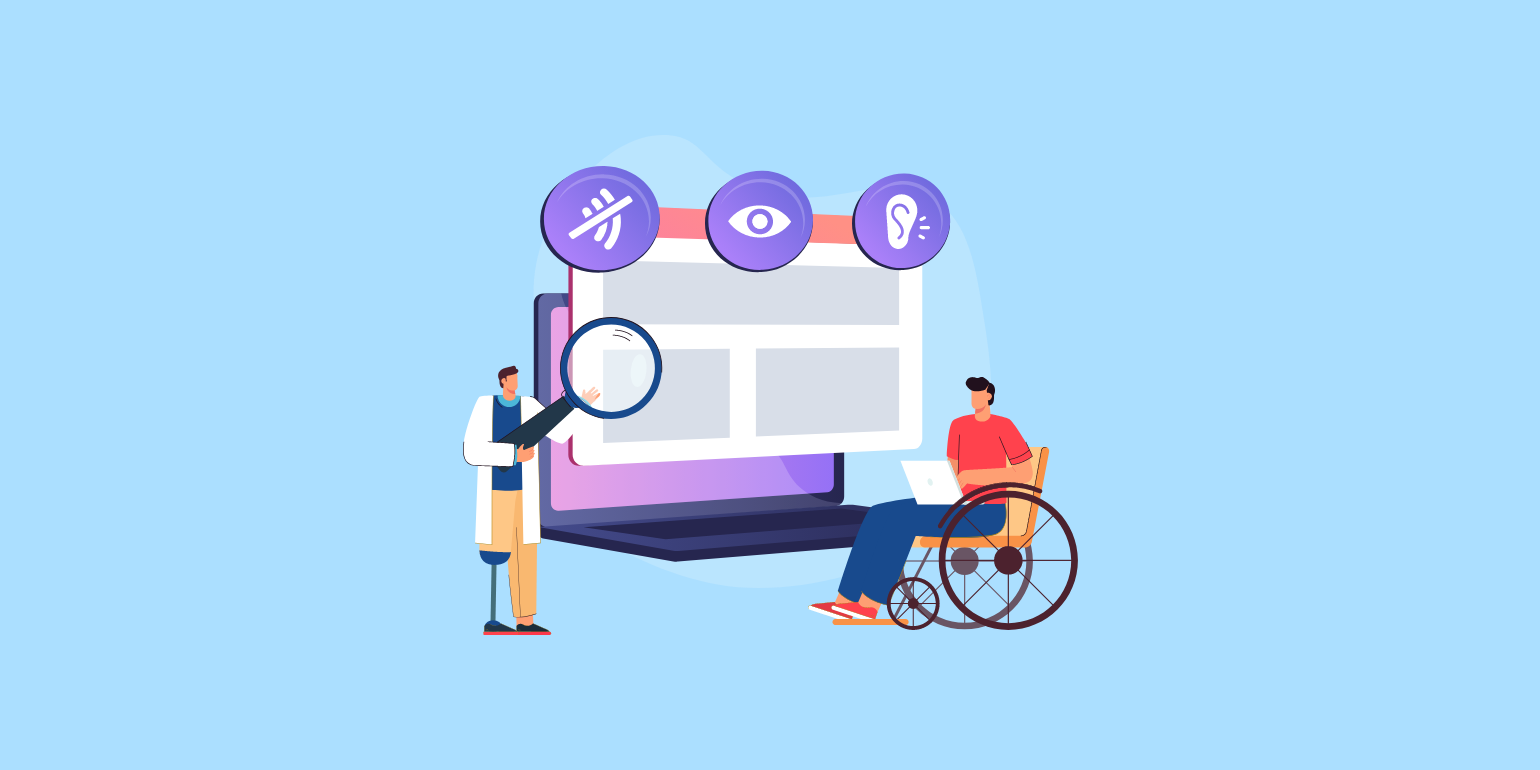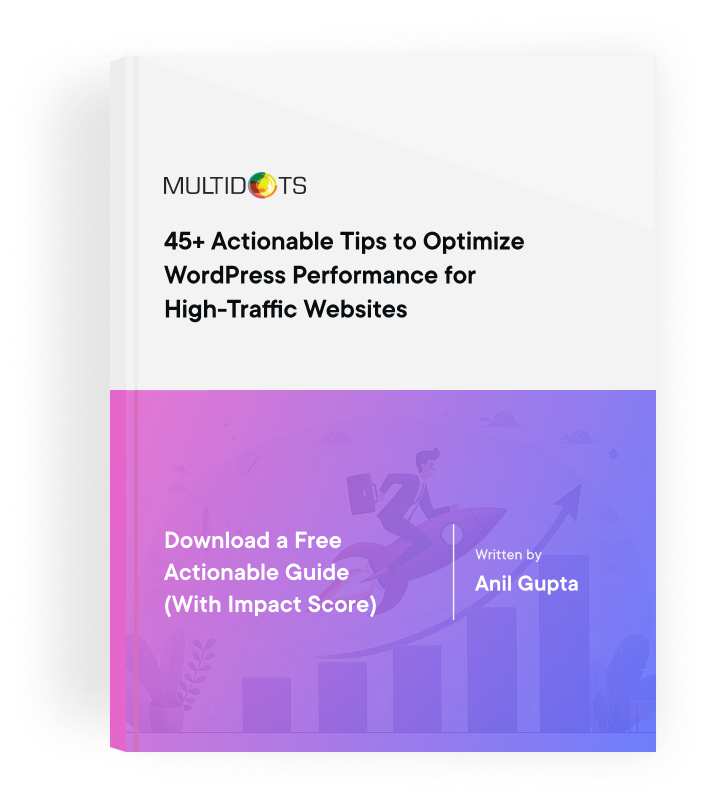Web Accessibility Testing
Learn the importance of web accessibility testing to ensure your site is usable for everyone, including individuals with disabilities

Table of Contents
The world is shrinking day by day due to ever-expanding capabilities of the web. It is gaining significance in our lives, be it e-commerce, e-payments, social media, banking, etc. Therefore, it becomes important that it is available to everyone, especially for differently abled people. For this reason, the concept of web accessibility came into existence. It can be achieved with certain practices such as web accessibility testing. Let us explore web accessibility testing and how web accessibility can be achieved with the help of testing.
What is Web Accessibility Testing?
The term "web accessibility testing" refers to a process of thoroughly checking whether or not web or mobile application is easily accessible by person with disability. It does not mean that it is partially usable, but it is completely usable.
Why is Web Accessibility Testing crucial?
Web accessibility testing makes sure that disabled or differently abled people are able to use the web in a comfortable manner. It also helps companies or website owners to comply with legal obligations and make web products available to millions of people having some kind of disability, across the globe.
Web Accessibility Guidelines
The web accessibility guidelines consist of a set of defined rules to make web contents accessible to people having disabilities. There are various guidelines that are defined by different countries around the world. The most popular guidelines that are in use today are WCAG – Web Content Accessibility Guidelines and Section 508.
WCAG
Web Content Accessibility Guidelines have been published by World Wide Web Consortium (W3C). It has been accepted as an International Standards Organization (ISO) standard. Many countries around the world have adopted WCAG 2.0 as their legal standard for web accessibility. WCAG includes WCAG 1.0 and WCAG 2.0 specifications.
Section 508 of the Rehabilitation Act
The Sections 508 of Rehabilitation Act is a standard and is a part of Federal Acquisition Regulation (FAR), which addresses the web accessibility needs of the people with disability. This has been implemented in the USA, to make all the US government websites accessible to differently abled people.
Manual Web Accessibility Testing
1. W3C HTML validator
This is the HTML validator service by W3C. This will help in validating the HTML code of the website. A simple user interface allowing you to easily validate the HTML code. For this, follow the below steps:
- Open W3C HTML validator website
- Enter the URL of the web or mobile application in the Address box
- Click on the check button
There is also an option of validating any uploaded document and validate any input directly.
2. Enlarged fonts
In order to test the font size, change the text size in your browser window to "largest". Check that text size is enhanced and also verify that the size is increased for form fields as well.
3. Change Contrast
Set the contrast according to your visibility requirement. For this purpose go to control panel -> ease of access center -> click on make computer easier to see. After that, click on the "high contrast" tab and enable high contrast.
After changing the contrast settings, ensure that contents are displayed properly and important information does not disappear.
4. Text alternatives
It is beneficial to include Alt Text for images, so that if a person is not able to see the image properly, Alt text can be read for better understanding of the image.
5. Audio/Video Captions
Captions and transcripts attached with audio/video facilitate those who are not able to understand the video/audio content properly. Check that your video or audio files have captions and transcripts attached to it.
6. Navigation Skip
People who are visiting the website for the second time or third time might not require navigating the whole website again and again. Make sure that the link "skip to content" is visible on top itself. Further, those having some kind of disability would be able to see only the page which they are looking for, rather than navigating the whole website.
7. Hyperlink and Tab key enablement
Make sure that hyperlink text is unique, clearly visible and understandable. Also, take care that fields are easily accessible using tab key in the proper order.
8. Keyboard Operations
Check that all the dynamic elements of the website such as dropdown menus, flash interfaces, etc. are accessible using the keyboard. Further, check the tab key, up/down arrows, etc. to check the accessibility of all the dynamic elements.
9. Disable styles and linearize tables
Check the order of the content after disabling the styles. It should be in proper order and understandable even without any style.
10. Content scaling
Check the content scaling by increasing the font size in the web browser. Ensure that web pages are readable and usable. Zoom the web page to see enlarged images and check that text in images is readable.
Automatic Web Accessibility Testing
Automatic testing is faster than the manual one. There are a number of tools available for automatic web accessibility testing. If you have any text editor, in which you can view and edit HTML can help you get started. For this, you can download Web Accessibility Toolbar in Internet Explorer or you can download Firefox Accessibility Extension.
Moreover, on the World Wide Web Consortium website, there is a list of Web Accessibility evaluation tools, which can augment the process of web accessibility testing.
We’re here to help
Web accessibility testing helps in building your application become disabled friendly. If you are initiating your project of building a website, then it is advisable to build it keeping ADA compliance in mind. If following the guidelines is not possible, then try building an alternate solution for the disabled.
At Multidots, we can consult the website owners and organizations in having a website built or modified according to the guidelines issued by W3C.
If you know some better ideas for web accessibility testing, then feel free to share them in the comments below.
Schedule a call today to discuss more about our website accessibility services.
Contact Us
